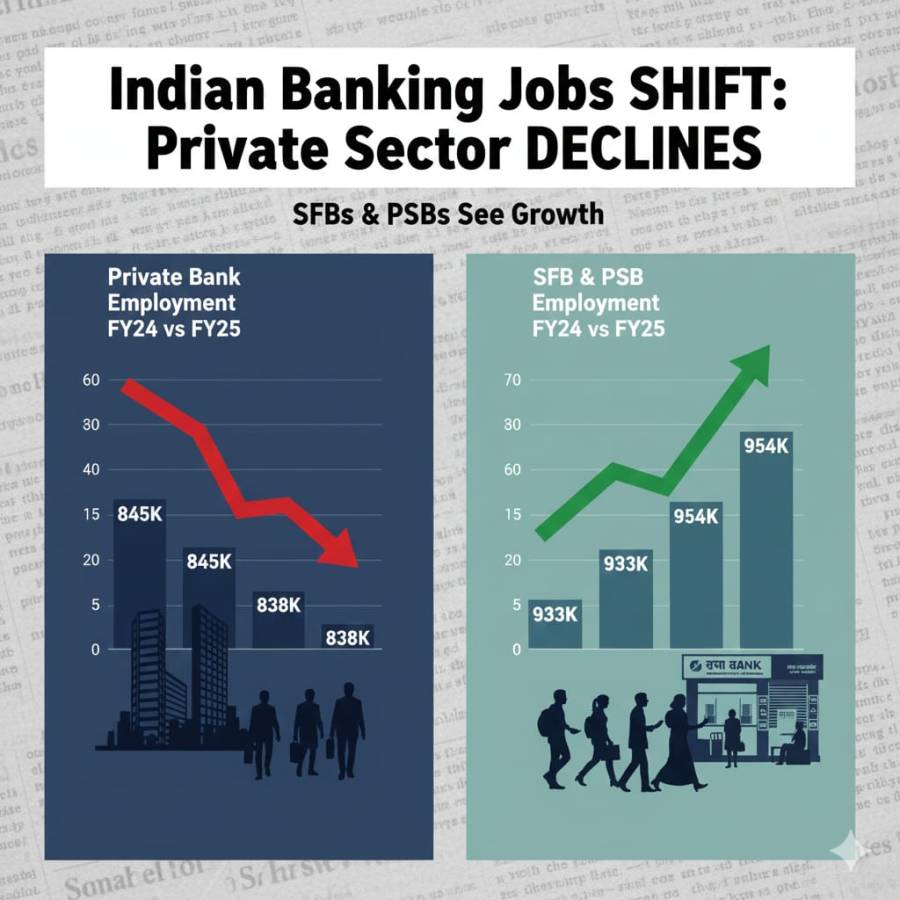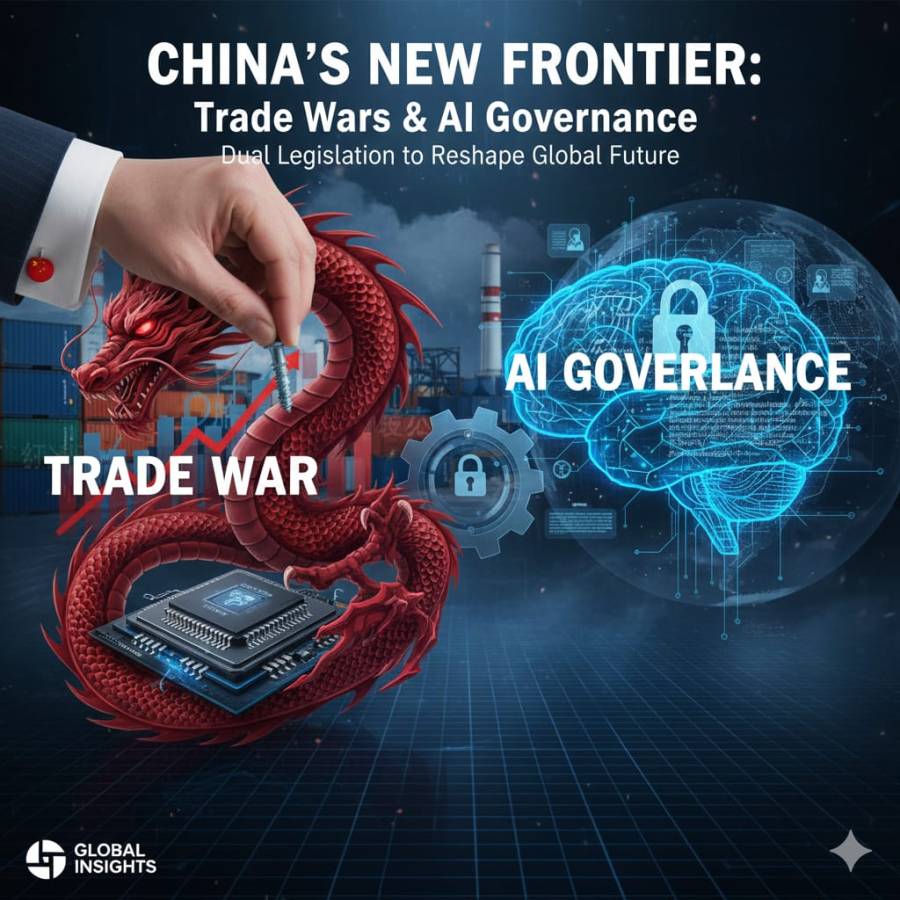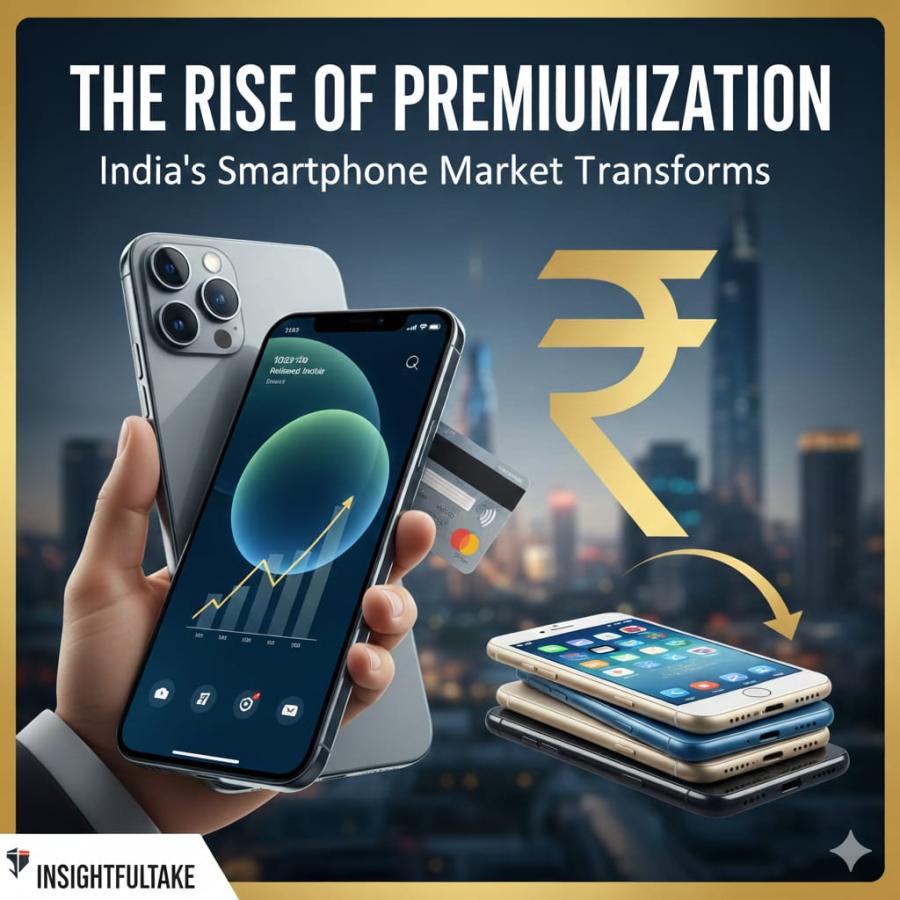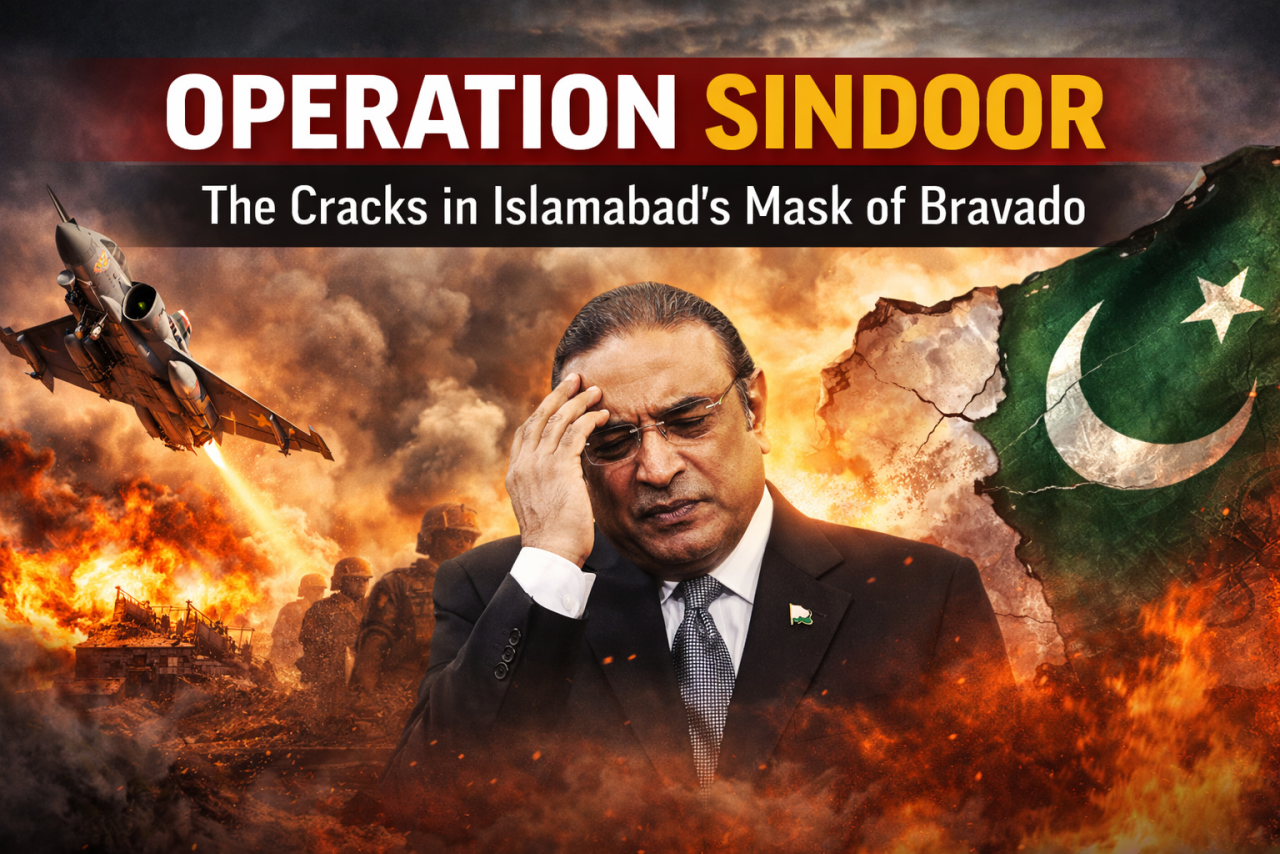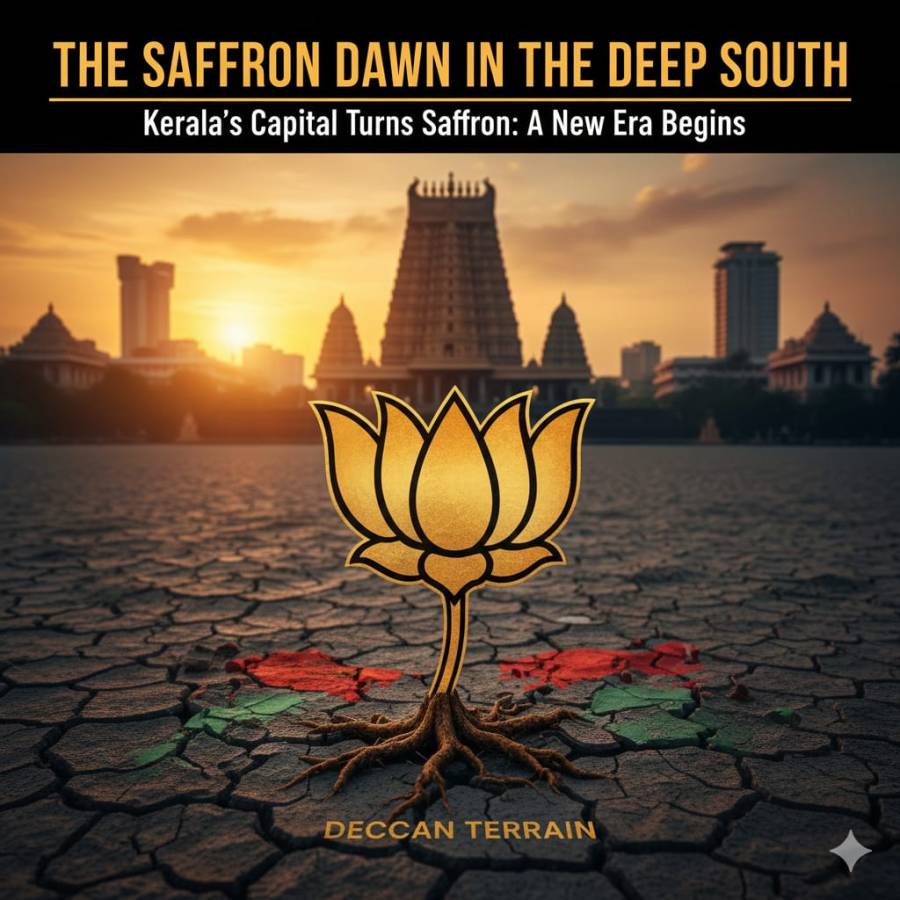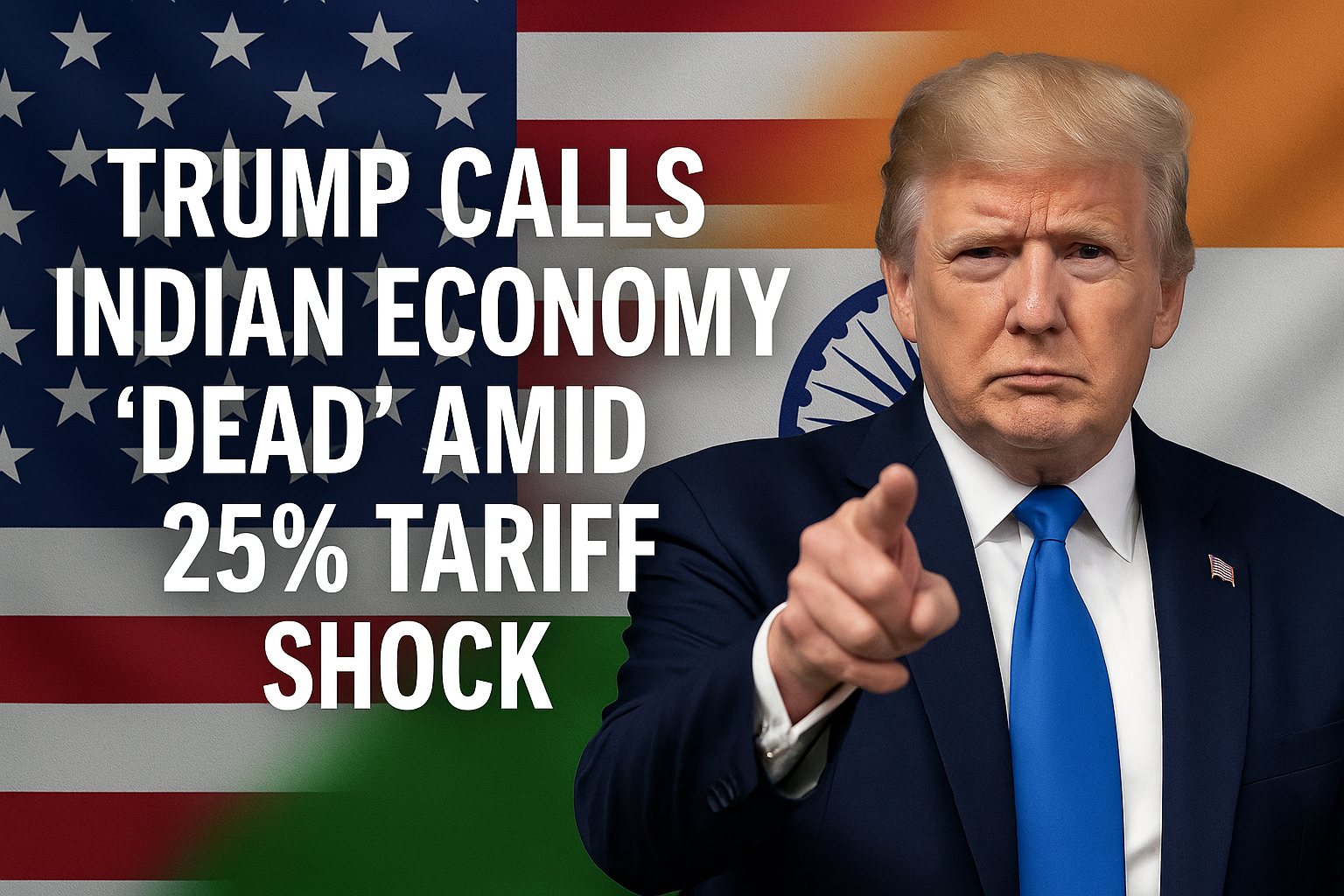
In a week marked by sharp rhetoric and shifting diplomatic undercurrents, U.S. President Donald Trump has once again stirred economic and political waters by imposing a steep 25% tariff on Indian goods, declaring that India’s economy is “dead” and expressing deep frustration over bilateral trade relations.
Speaking on his social media platform “Truth Social” on Thursday (July 31, 2025) Trump launched an unusually scathing attack:
“I don’t care what India does with Russia. They can take their dead economy down together, for all I care.”
The comment accompanied his administration’s move to introduce sweeping tariffs on Indian exports, particularly targeting sectors like pharmaceuticals, engineering goods, and agriculture. This sudden escalation follows mounting trade tensions between the two nations, as the U.S. continues to reel from its merchandise trade deficit with India, which has significantly widened post-pandemic.
The Tariff Trigger
Trump’s rhetoric reveals his longstanding grievances. In a series of posts and statements, he accused India of leveraging the U.S. market unfairly while “doing very little business with us in return.”
“Remember, while India does relatively free business with us, we face tariffs and taxes at every turn,” he stated, adding that the U.S. had become the largest buyer of Indian goods but received “minimal reciprocity.”
These statements formed the backdrop to the new tariff regime, which many analysts interpret as more political than economic. Trump's decision has drawn legal scrutiny in the U.S. itself, with judges questioning whether the president’s emergency powers justify such unilateral tariff moves.
A Strategic Two-Front Move
What complicates the matter further is Trump’s simultaneous announcement of an oil development pact with Pakistan. By promoting American investment in Pakistan’s “massive oil reserves,” Trump has essentially brought Islamabad into Washington’s South Asian economic calculus at India’s expense.
This maneuver appears to serve multiple ends:
- Undercut India’s influence in the region
- Punish India for continued oil trade with Russia
- Reposition U.S. commercial interests in Pakistan amid China’s growing footprint
India’s Response: Sovereignty First
The Indian government, visibly rattled yet composed, responded firmly. Commerce Minister Piyush Goyal said:
“India will take all necessary steps to secure its economic interests. We will not allow our sovereignty to be compromised under pressure.”
He further emphasized India’s willingness to explore WTO remedies, while also noting that India remains committed to fair and equitable trade.
Meanwhile, economists and trade experts in India were quick to highlight that much of India’s export boom to the U.S. in recent years came as part of the “China+1” diversification strategy pursued by global manufacturers. Many of these goods are merely substitute channels for U.S. buyers avoiding Chinese suppliers—ironically benefiting U.S. supply chains and consumers.
Why Retaliation Isn’t Immediate
Despite the fiery rhetoric, India is unlikely to retaliate with equivalent tariffs. According to Indian media report, India’s exports to the U.S. are too valuable to jeopardize. The U.S. has also overtaken the UAE as the largest source of remittances to India, further complicating the calculus of confrontation.
Roshan Kishore, in a column for HT, summarized the dilemma:
“India finds itself cornered. Retaliation is emotionally satisfying but economically self-defeating.”
Behind the “Dead Economy” Jab
Trump’s “dead economy” comment appears less rooted in economic metrics and more in political dramatization. India, despite facing cyclical slowdowns, remains among the fastest-growing large economies. The remark likely reflects Trump’s dissatisfaction with India’s balancing act between the West and Russia rather than any real economic diagnosis.
Nonetheless, such framing can be damaging, particularly when wielded by U.S. president seeking political traction. It not only affects global perception but may also spook investors and unsettle markets if tensions escalate.
Insightful Take
Trump’s latest tariff and his dramatic proclamation about the Indian economy mark a critical moment in Indo-U.S. trade relations. While the Indian economy is far from dead, as his rhetoric suggests, the diplomatic fallout and economic implications could be long-lasting. India’s challenge now is to balance assertive diplomacy with pragmatic economic strategy—defending its interests without playing into Trump’s confrontational script.




